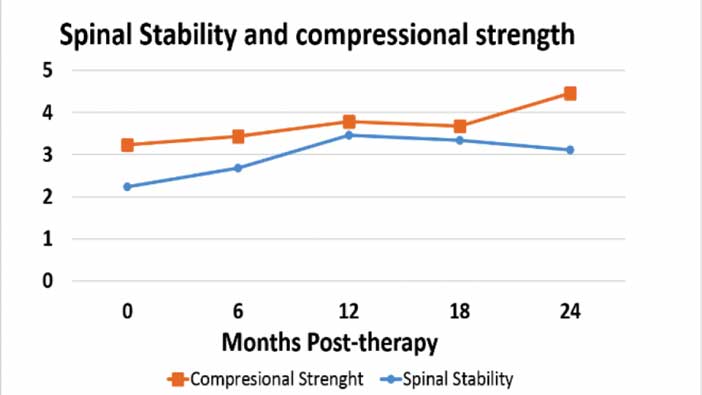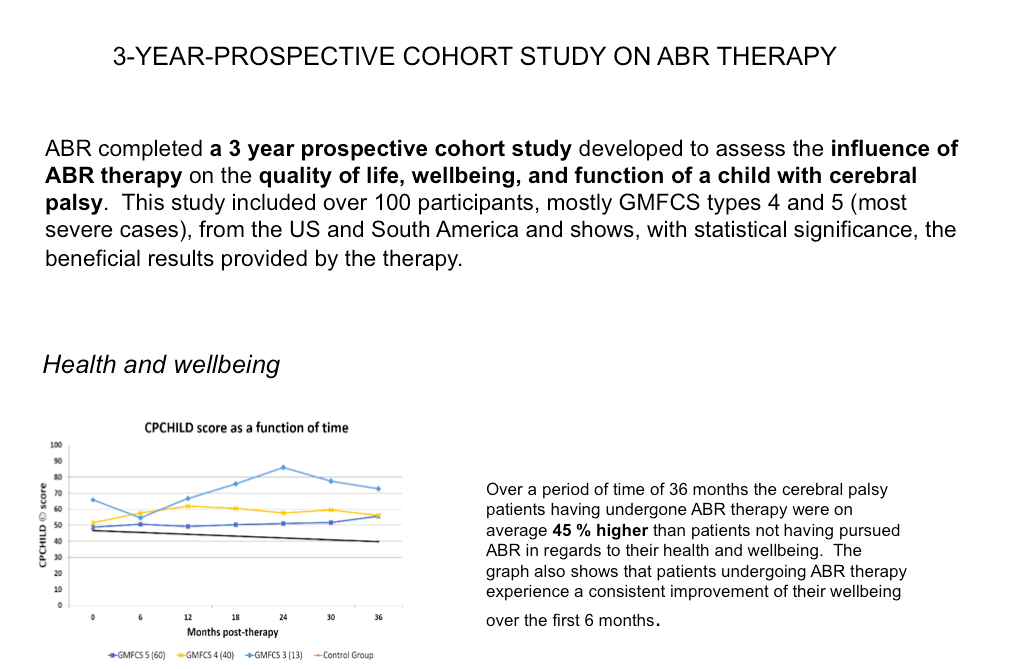Part 3
Multi-dimensional Repertoire of Gestures
vs robotic mono-dimensional movements
‘I would like my child be able to grab objects’ or ‘I would like to see my child able to crawl’, etc.
This over-simplification shows that they usually oversee the uniqueness of each piece of the big puzzle they are trying to put together. We will see here that any movement necessitates preliminary mechanical characteristics that must absolutely be present.
Let’s do a few simple tests with your child:
Lay him/her down on a table.
- Put your hand under his/her head and lift it so that his/her chin touches the thorax.
Observe what happens. The shoulders leave the ground? Lifting the head coincides with lifting part of the thorax itself? Fascia is weak and your child lost proper segmentation between the head and the thorax.
In the same position,
- Grab one arm and cross it over to the other side of the thorax.
The head (and in many cases, the rest of the torso) are involved in the movement as well? This means that fascia is weak and your child lost proper segmentation (division) between the arms and the thorax.
Still laying down on the back,
- Grab one leg at the ankle level and lift it 90 degrees without bending the knee.
The other leg and even the pelvis leaves the ground? This means, in turn, that fascias is weak and your child lost proper segmentation between the legs, the pelvis and the lumber spine.
In other words, your child is moving as one block.
Training him/her to move without first creating proper segmentation between the head and the shoulder girdle (1); between the arms and the torso (2) and between the legs and pelvis (3) is, at the very least, very limited and leads to what is called, ‘robotic mono-dimensional movements’.
In healthy individuals, yourself for example, you will observe that your head is segmented from your torso (which allows you to turn the head selectively), your thoracic cavity is segmented from your abdominal cavity (which allows you to turn to the side without moving the pelvis), your legs move independently from each other and from your pelvis(which allows you to walk with balance).
You benefit of what is called multi-dimensional repertoire of gestures.
Fortunately, these segmentations are achievable through the strengthening the connective tissues (fascia) with easy to learn techniques called ‘trans-fascial visco-elastic stimulation’.
With time, the child shows movements which are more selective, fluid and controlled. Training then makes more sense as the child with CP is not imprisoned in a mono-block structure anymore.
Next time, I will speak about Spontaneous Weight-bearing vs excessive voluntary effort.
See you soon!










